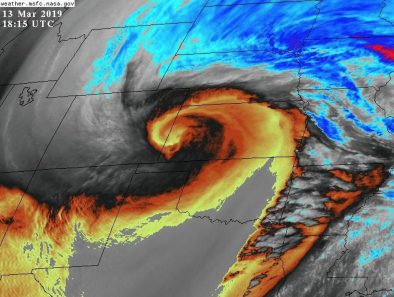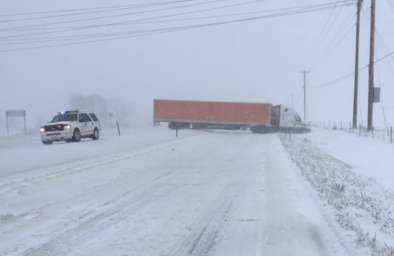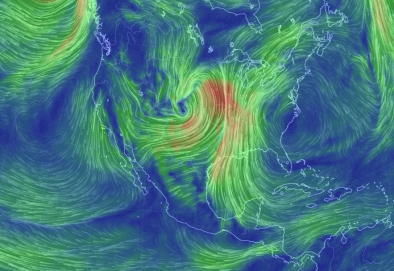Science Source
Estimations of Hazardous Convective Weather in the United States Using Dynamical Downscaling
- Uses high-resolution (4 km; hourly) regional climate modeling to resolve March–May hazardous convective weather east of the U.S. Continental Divide for a historical climate period (1980–90)
- Uses a hazardous convective weather model proxy to depict occurrences of tornadoes, damaging thunderstorm wind gusts, and large hail at hourly intervals during the period of record.
- The regional climate model does an admirable job of replicating the seasonal spatial shifts of hazardous convective weather occurrence during the months examined
- Additionally, the interannual variability and diurnal progression of observed severe weather reports closely mimic cycles produced by the regional model
- This is the first study to use coarse-resolution global climate model data to force a high-resolution regional model with continuous seasonal integration in the United States for purposes of resolving severe convection
- Concludes that dynamical downscaling play an integral role in measuring climatological distributions of severe weather, both in historical and future climates
Related Content
Headline

Mar 14, 2019 | Forbes
No, The Bomb Cyclone Is Not An Inland Hurricane - Here's How They Differ
Headline

Mar 13, 2019 | AccuWeather
Thousands of flights canceled, power outages reported as 'bomb cyclone' unfolds across northern Plains
Headline

Mar 13, 2019 | Gizmodo
The Central U.S. Is About to Get Hit With a Bomb Cyclone
Science Source
| Proceedings of the National Academy of Sciences
Robust increases in severe thunderstorm environments in response to greenhouse forcing
Noah S. Diffenbaugh, Martin Scherer, Robert J. Trapp


